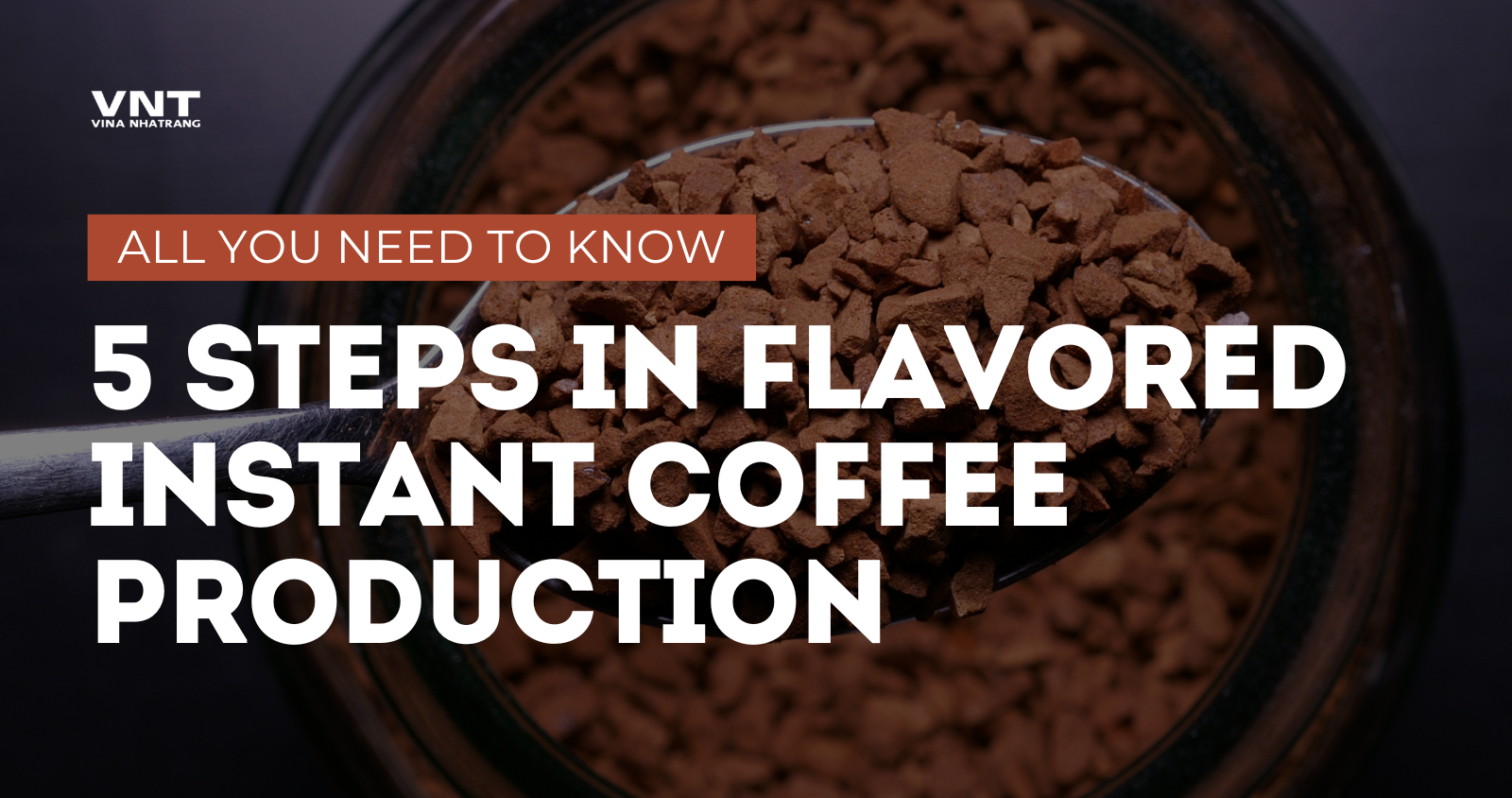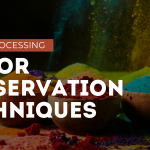The flavored instant coffee market has seen remarkable growth in recent years, with consumers increasingly seeking convenient yet flavorful coffee options. Behind every successful flavored instant coffee product lies a meticulously engineered manufacturing process that balances science, technology, and culinary artistry. Whether you’re an industry professional looking to refine your production methods or an entrepreneur considering entering this thriving market, understanding the critical steps in flavored instant coffee production is essential for creating high-quality products that meet consumer expectations. This article delves into the five crucial stages of flavored instant coffee manufacturing, providing insights into the techniques and considerations that can elevate your production process.
Table of Contents
Toggle1. Coffee Bean Selection and Preparation
The foundation of exceptional flavored instant coffee begins with selecting the right coffee beans. Most manufacturers prefer Robusta beans for instant coffee production due to their higher soluble solids content and stronger flavor that can withstand the intense processing required.
The journey begins with green coffee bean inspection, where quality control specialists examine beans for defects, moisture content, and overall quality. This critical first step ensures only premium beans enter the production pipeline. Once approved, the beans undergo cleaning to remove foreign materials before the roasting process.
Roasting is where the magic begins, as it develops the beans’ characteristic flavor profiles and aromas. For flavored instant coffee, roasting is typically done at slightly higher temperatures than for regular coffee, creating a stronger base flavor that can stand up to the addition of flavoring agents later in the process. The roasting temperature and duration must be precisely controlled, as they significantly impact the final product’s taste profile.
After roasting, the beans are ground to increase the surface area, facilitating efficient extraction during the subsequent steps. The grinding size is calibrated according to the extraction method that will follow, with finer grinds generally preferred for instant coffee production.
2. Extraction and Concentration
The extraction process is where the soluble coffee components are separated from the insoluble plant material. Two primary methods dominate the industry:
Hot Water Extraction: This traditional method involves brewing ground coffee with hot water in large percolation columns under high pressure. The temperature typically ranges between 160-180°C, with extraction times varying from 1-3 hours depending on the desired flavor intensity.
Cold Water Extraction: Some premium producers opt for cold water extraction, which takes longer but preserves more delicate flavor compounds. This method produces a less bitter extract with reduced acidity, making it an excellent choice for certain flavor profiles.
Once extraction is complete, the resulting coffee solution undergoes concentration to remove excess water. This is typically achieved using evaporators that operate under vacuum conditions to reduce the boiling point of water, minimizing heat-induced flavor degradation. Modern facilities employ multi-stage evaporators that can concentrate the coffee extract from about 15-25% solids to 40-60% solids, significantly reducing volume while preserving flavor quality.
3. Drying Technologies
Transforming concentrated coffee extract into a stable powder form requires sophisticated drying technology. Two predominant methods are employed in the industry:
Spray Drying: The most common method involves atomizing concentrated coffee extract into fine droplets and introducing them into a chamber with hot air (typically 250-270°C). As the droplets fall through the chamber, they rapidly lose moisture and form powder particles. The process parameters, including droplet size, chamber temperature, and residence time, must be precisely controlled to achieve the desired powder characteristics.
Freeze Drying: Premium instant coffee products often utilize freeze drying, which involves freezing the concentrated extract and then sublimating the ice directly to vapor under vacuum conditions. This low-temperature process better preserves the coffee’s aromatic compounds and flavors, resulting in a product that more closely resembles freshly brewed coffee. While more expensive, freeze-drying creates a porous structure that dissolves rapidly when reconstituted.
4. Flavor Development and Integration
The distinctive aspect of flavored instant coffee production lies in the flavor development and integration stage. Manufacturers typically employ one of three approaches:
Pre-extraction Flavoring: Some producers add flavoring agents to the beans before extraction, allowing the flavors to be extracted alongside the coffee compounds. This method creates a deeply integrated flavor profile but limits precision in flavor control.
Post-concentration Flavoring: More commonly, flavoring compounds are added to the concentrated coffee extract before drying. This allows for more precise flavor formulation while ensuring the flavoring agents bind effectively with the coffee solids during the drying process.
Post-drying Flavoring: For certain flavor profiles, manufacturers apply flavoring after the drying stage, often using a fine mist of flavor compounds that adheres to the particles’ surface. This method works well for volatile flavors that might be compromised during high-temperature drying.
The flavoring agents themselves range from natural extracts to synthesized compounds, with many manufacturers developing proprietary blending techniques to achieve distinctive flavor profiles. The integration process must consider flavor stability, intensity, and release characteristics when the product is reconstituted.
5. Packaging and Quality Assurance
The final critical step in flavored instant coffee production involves packaging and quality assurance measures that protect the product’s integrity and ensure consistency.
Packaging must provide an effective barrier against moisture, oxygen, and light—the primary factors that degrade flavor compounds over time. Most manufacturers utilize multi-layer packaging materials incorporating aluminum foil layers or metallized films. For premium products, nitrogen flushing is often employed to displace oxygen before sealing, further extending shelf life.
Quality assurance protocols typically include:
- Sensory evaluation by trained tasting panels
- Analytical testing for moisture content, particle size distribution, and dissolution rate
- Microbiological testing to verify product safety
- Flavor stability testing under various storage conditions
- Batch-to-batch consistency verification
Advanced manufacturers implement Statistical Process Control (SPC) systems that monitor critical parameters throughout the production process, allowing for real-time adjustments that maintain product quality.
Conclusion
Mastering the five critical steps in flavored instant coffee production—bean selection and preparation, extraction and concentration, drying technologies, flavor development and integration, and packaging and quality assurance—is essential for manufacturers aiming to succeed in this competitive market. Each stage presents opportunities for optimization and innovation that can distinguish your product from competitors.
As consumer preferences continue to evolve, successful producers will balance traditional manufacturing expertise with innovative approaches to flavor development and quality enhancement. By investing in advanced technologies and refining each production stage, manufacturers can create flavored instant coffee products that deliver convenience without compromising on the sensory experience that coffee lovers increasingly demand.




